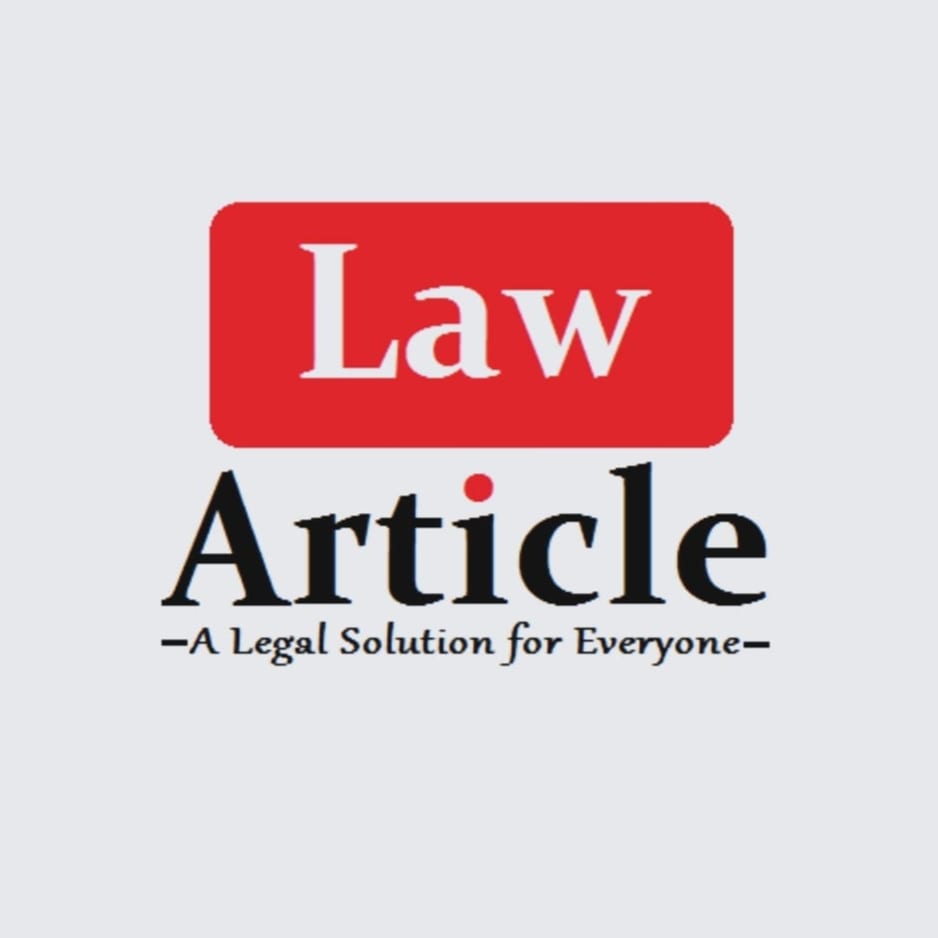WHAT IS A FIDUCIARY RELATIONSHIP
A fiduciary relationship is one in which one party (the fiduciary) is entrusted to act on behalf of another (the principal) in a manner that requires trust, good faith, and honesty. The fiduciary is expected to manage the principal’s assets or interests with the utmost care and loyalty. Common examples include relationships between lawyers and clients, guardians and wards, and, notably, trustees and beneficiaries.
TRUSTEES ROLE
In the context of trusts, a trustee is an individual or an institution appointed to manage the trust’s assets for the benefit of the beneficiaries. This role is vital in estate planning, charitable organizations, and various financial arrangements. Trustees can be family members, friends, professionals (such as lawyers or accountants), or corporate entities.
The trust itself is a legal arrangement where the grantor (also known as the settlor) transfers assets to the trustee, who holds and manages these assets according to the terms set out in the trust document. The beneficiaries are those who will benefit from the trust, receiving distributions according to the established rules.
DUTIES OF A TRUSTEE
Trustees have several essential duties that are both legal and ethical. These duties stem from the nature of the fiduciary relationship and include:
1. Loyalty
The duty of loyalty is one of the most critical obligations of a trustee. A trustee must act solely in the interest of the beneficiaries, avoiding any conflicts of interest. This duty prevents trustees from benefiting personally from their position. For example, a trustee should not engage in transactions that benefit them at the expense of the beneficiaries.
2. Duty of Care
Trustees are required to exercise a reasonable standard of care in managing the trust’s assets. This means they must make informed decisions and act prudently, similar to how a person would manage their own affairs. The “prudent investor rule” often guides this duty, requiring trustees to diversify investments and avoid excessively risky behavior.
3. Duty to act according to the Trust Document
Trustees must adhere strictly to the terms of the trust as laid out by the grantor. This includes following instructions regarding how and when to distribute assets, what assets to invest in, and how to manage the trust overall. Deviating from these terms can lead to breaches of duty.
4. Duty to keep Beneficiaries Informed
Trustees have a duty to keep beneficiaries reasonably informed about the trust and its assets. This includes providing periodic accountings, disclosing significant changes, and being available to answer questions about the trust’s management. Transparency is crucial for maintaining trust between trustees and beneficiaries.
5. Duty of Impartiality
If a trust has multiple beneficiaries, the trustee must act impartially, considering the interests of all beneficiaries fairly. This means that the trustee cannot favor one beneficiary over another without explicit instructions in the trust document.
6. Duty to Account
Trustees must maintain accurate records of all transactions and provide clear and detailed accountings to the beneficiaries. This accountability ensures that beneficiaries can track how the trust’s assets are managed and distributed.
LIABILITIES OF A TRUSTEE
While trustees have significant responsibilities, they also face potential liabilities for breaches of their duties. Understanding these liabilities is crucial for both trustees and beneficiaries.
1. Breach of Duty
A trustee may be held liable for breaching any of their fiduciary duties. Common breaches include self-dealing (acting in their interest rather than that of the beneficiaries), failing to diversify investments, or ignoring the trust document’s terms. If a breach occurs, beneficiaries may seek damages or removal of the trustee.
2. Negligence
If a trustee fails to act with the requisite care in managing the trust’s assets, they may be found negligent. For example, if a trustee invests in high-risk ventures without proper research and the investments fail, they could be liable for losses incurred by the beneficiaries.
3. Mismanagement of Assets
Trustees are expected to manage trust assets prudently. Poor investment choices, failing to keep accurate records, or improper distributions can result in liability. Beneficiaries can pursue legal action if they believe the trustee has mismanaged the trust assets.
4. Failure to Follow Instructions
Trustees must strictly adhere to the grantor’s instructions as outlined in the trust document. Failure to do so can lead to breaches of duty, resulting in legal consequences.
5. Personal Liability
In many cases, trustees can be held personally liable for their actions. This means that if a trustee breaches their duties, they may have to compensate beneficiaries out of their own pocket. However, some trustees may be able to limit their liability through indemnification clauses in the trust document or through appropriate insurance.
DEFENSES AGAINST LIABILITY
Trustees have certain defenses available to them in cases of alleged breach of duty. Understanding these defenses can provide some protection.
1. Good Faith
If a trustee can demonstrate that they acted in good faith and in the best interest of the beneficiaries, they may avoid liability, even if the outcomes were unfavorable. Courts often consider the intent and motivations behind a trustee’s actions.
2. Compliance with the Trust Document
If the trustee can show that their actions were in accordance with the terms of the trust, they may defend against claims of breach of duty. Adhering to the specific instructions provided by the grantor is crucial.
3. Business Judgment Rule
For trustees who manage trusts that involve business operations, the business judgment rule may apply. This rule provides that if trustees make business decisions in good faith, with care, and in the best interests of the beneficiaries, they may not be held liable for poor business outcomes.
4. Insurance and Indemnification
Trustees can protect themselves from personal liability through fiduciary liability insurance or indemnification provisions in the trust document. These mechanisms can provide financial protection against claims of breach of duty.




